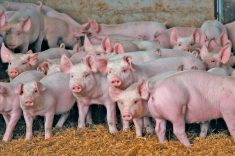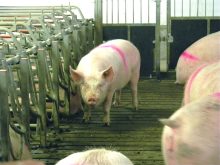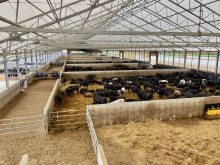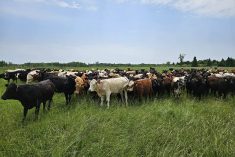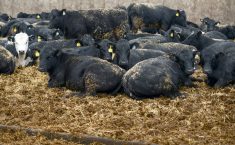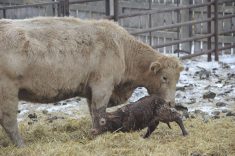Canadian producers have done an excellent job of reducing the environmental footprint of beef production, but the work is not done, says a sustainability researcher with the world’s largest meat processing company.
The Canadian livestock sector contributes about 4.8 per cent of the greenhouse gas emissions produced in this country, said Sarah Klopatek, director of sustainability research and development with JBS USA.
Why it matters: The Canadian beef sector’s 2030 targets include maintaining sequestered carbon in grasslands, plus an extra 3.4 million tonnes sequestered per year, and dropping greenhouse gas emission intensity by 33 per cent.
Read Also
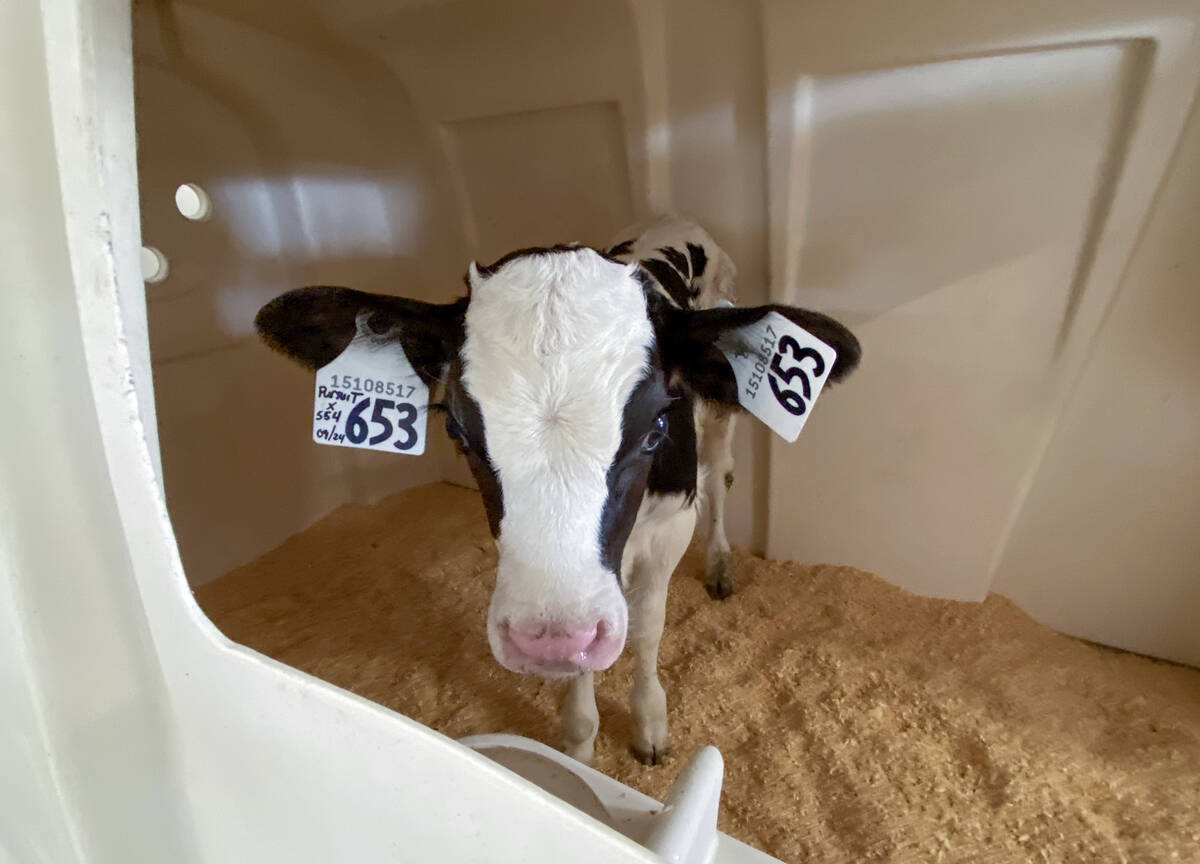
Lactanet turns methane expertise into business opportunity
Lactanet’s new fee-for-service breeding tool initiative to reduce greenhouse gas emissions in Canadian and Swiss Holstein herds will launch in April 2026.
On a world scale, that is a decently low number, she told attendees at the annual general meeting of the Canadian Roundtable for Sustainable Beef in Calgary in late September. Still, she added, more can always be done in Canada and around the world to reduce the impact agriculture has on the environment.
“Sustainability is a journey and not a destination,” she said.
Klopatek cited pressure from the public and various sectors of the food and finance industry for farmers and ranchers to improve their practices environmentally.
In the livestock sector, there have been significant gains due to improvements in livestock genetics, nutrition and management, she added.
“For example, Canada is leading the world in terms of efficient beef production, according to United Nations Food and Agriculture Organization,” she said, referring to a world map, which showed Canada producing 400 to 450 kilograms of beef per animal compared to some parts of the world that only produce 50 to 100 kg per head.
If producers can produce more meat from fewer animals, it reduces the environmental footprint.
“And there is new technology and advances coming along every day which can help Canadian beef producers improve production efficiency at home. And perhaps that technology can be used to help other countries improve their beef production efficiency as well.”
Heading for net zero?
Klopatek, who studied at the University of California-Davis and now lives in Colorado, said getting to net-zero emissions may never be possible, but it is something to work toward.
It’s a goal that organizations and farmers are also pondering. In September, researchers at the University of Manitoba were promised $7.6 million to explore barriers and necessary steps toward net-zero farming.
Hovering in the background is Ottawa’s own goal for Canada to reach net zero by 2050, which has led farm groups like the Grain Growers of Canada to launch industry-specific strategic road maps to curb emissions in their sectors.
Who’s on the hook?
There is a perception within industry that consumers are the big driver behind the push for greater sustainability, Klopatek said, but that isn’t necessarily the case. Surveys show that, while consumers may say sustainability is important, they aren’t necessarily willing to pay more for sustainably produced food products.
According to the federal 2023 Survey on Consumer Perceptions of Food, 68 per cent of respondents said they looked for environmentally sustainable foods at least sometimes, but only 53 per cent said they would pay more for them, a decrease of 10 per cent from the previous year.
Klopatek said the bigger push is coming from the financial sector, which is urging all companies to work on measures to reduce greenhouse gas emissions, leading to a net zero economy. She pointed to BlackRock, one of the world’s leading finance and investment consulting firms.
In a 2022 open letter to executives of companies that BlackRock clients invest in, BlackRock co-founder and chief executive officer Larry Fink said, “I believe the decarbonizing of the global economy is going to create the greatest investment opportunity of our lifetime. It will also leave behind the companies that don’t adapt, regardless of what industry they are in.”
In the same letter, he said his firm is “asking companies to set short-, medium-, and long-term targets for greenhouse gas reductions.”
Getting technical
Klopatek said it is important for beef producers to understand what the numbers represent, and there is a difference between direct and indirect emissions.
The number cited for Canada’s livestock industry (4.8 per cent of Canada’s emissions) reflects enteric emissions. Those are produced by livestock digestive systems or are related to manure management and are direct emissions.
However on a broader or global scale, the agriculture and agri-food industries produce about 30 per cent of the total emissions, she said. That number includes direct as well as indirect emissions such as those related to burning fossil fuels used for crop and livestock feed production, land use changes, operating farm machinery and transportation, emissions from processing and other activities.
“I like to think of direct emissions as the apple and the combination of direct and indirect emissions as the apple pie,” said Klopatek. “So as we talk about environmental footprint, we need to know what the numbers reflect. Is it the apple or the apple pie?”
The movement toward sustainability and reducing agriculture’s environmental footprint is also taking place with the backdrop of a growing world population.
Klopatek noted that, according to the United Nations Food and Agriculture Organization, the demand for meat and protein will continue to grow over the next 25 years. The organization forecasted that, between 2005 and 2050, global beef demand would grow by 66 per cent, pork would rise by 43 per cent, poultry would go up by 121 per cent, eggs would jump by 65 per cent and sheep and lamb product demand was expected to rise by 92 per cent.
That’s the difference between the world producing 64 million tonnes of beef in 2005 and producing 106 million tonnes of beef by 2050.
“So the challenge for the livestock industry is to reduce greenhouse gas emissions while at the same time producing more food,” said Klopatek.
And while Canada and the U.S. livestock industries have relatively low greenhouse gas emissions, that’s not the case for cattle in Brazil and parts of Africa, which she said can have emissions 10 to 50 times greater.
“It is in those developing countries where there is the greatest opportunity to make improvements in increasing beef production efficiency and reducing GHG emissions.”
Staying the course
Klopatek said several production and management practices can help reduce emissions, but the big three are livestock genetics, livestock nutrition and livestock management.
Sustainability is about more than just the carbon footprint.
“Producing beef is definitely part of the sustainability story,” she said.”The Canadian beef industry has reduced its carbon footprint by 15 per cent — the apple pie of emissions —over the past 10 years.
“We continue to fine tune our journey in producing a better beef animal that has higher yield, higher dressing percentage, produces more food for people, while at the same time reducing emissions, using less land and less water per kilogram of beef.
“It’s not just about reducing carbon. When we talk about sustainability we have to look at a number of factors — the bigger picture.”





